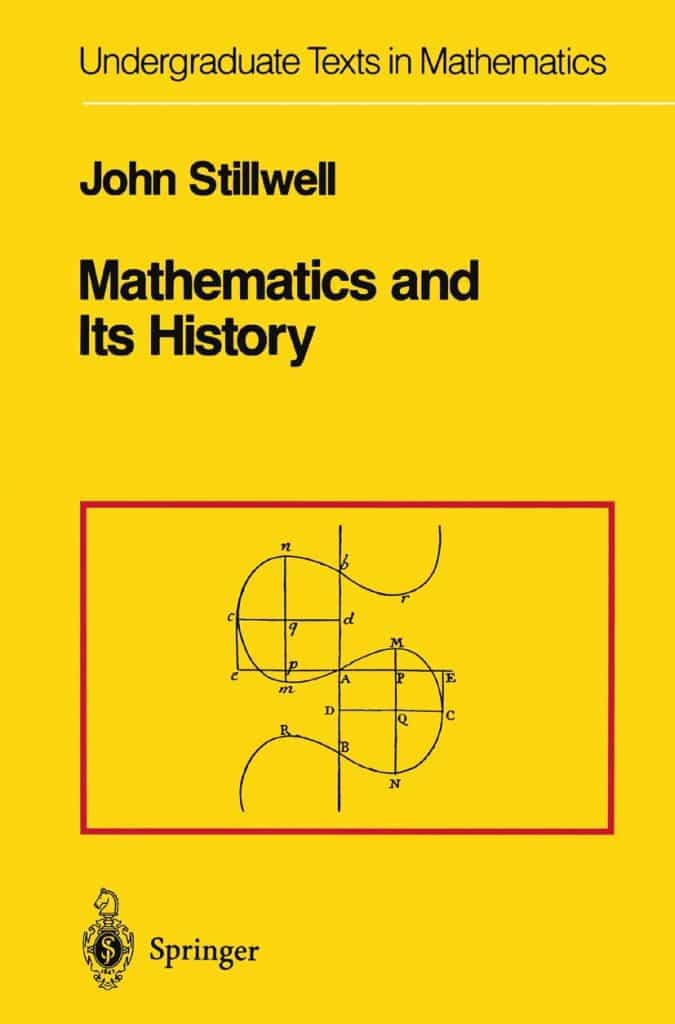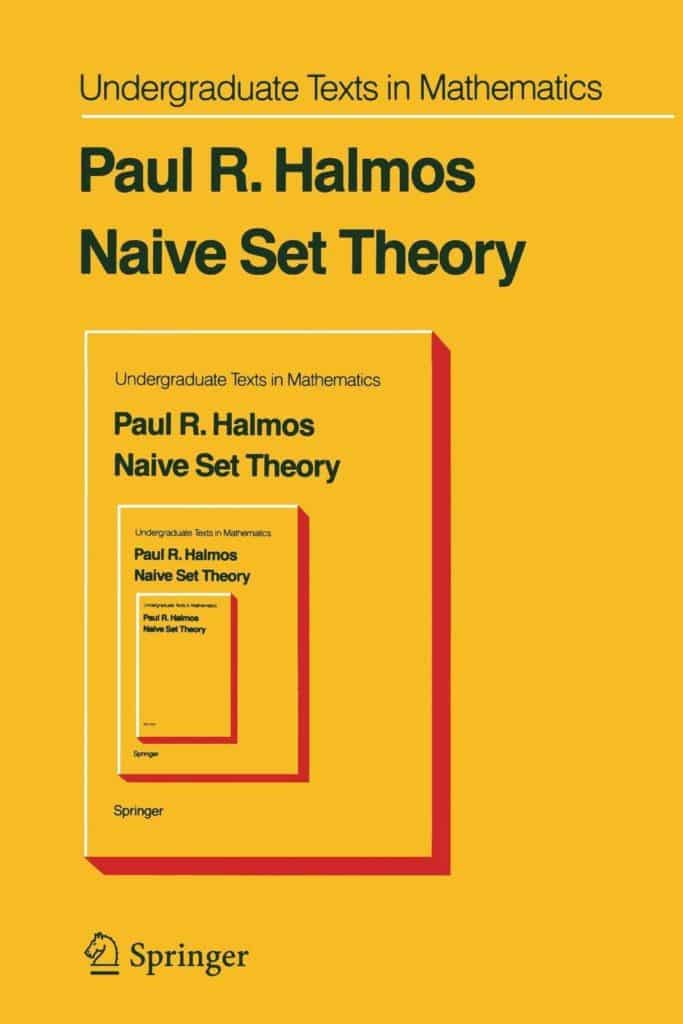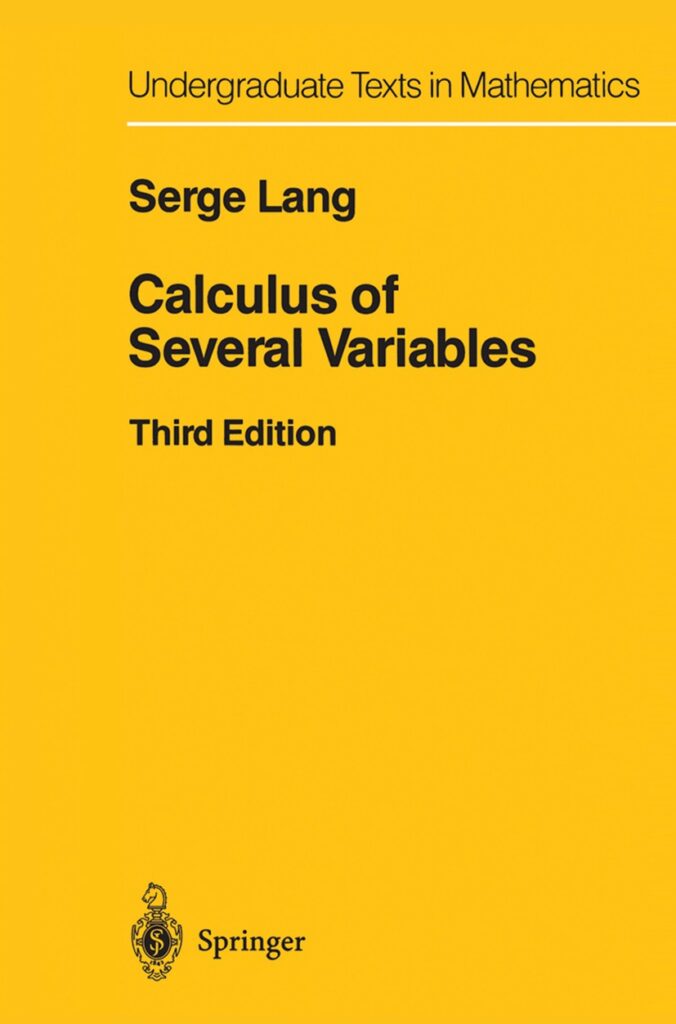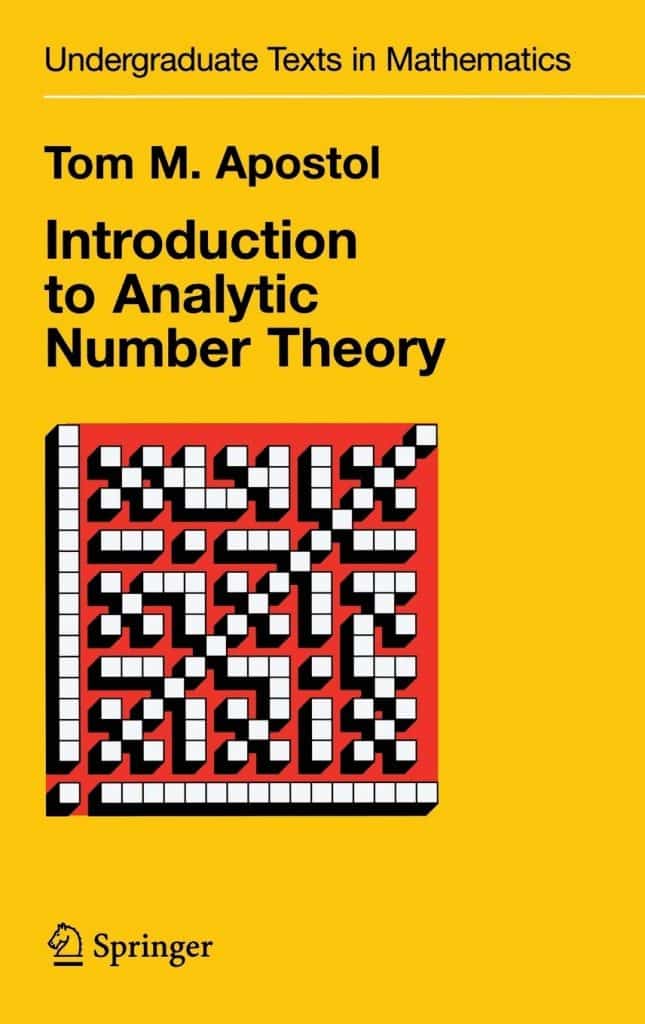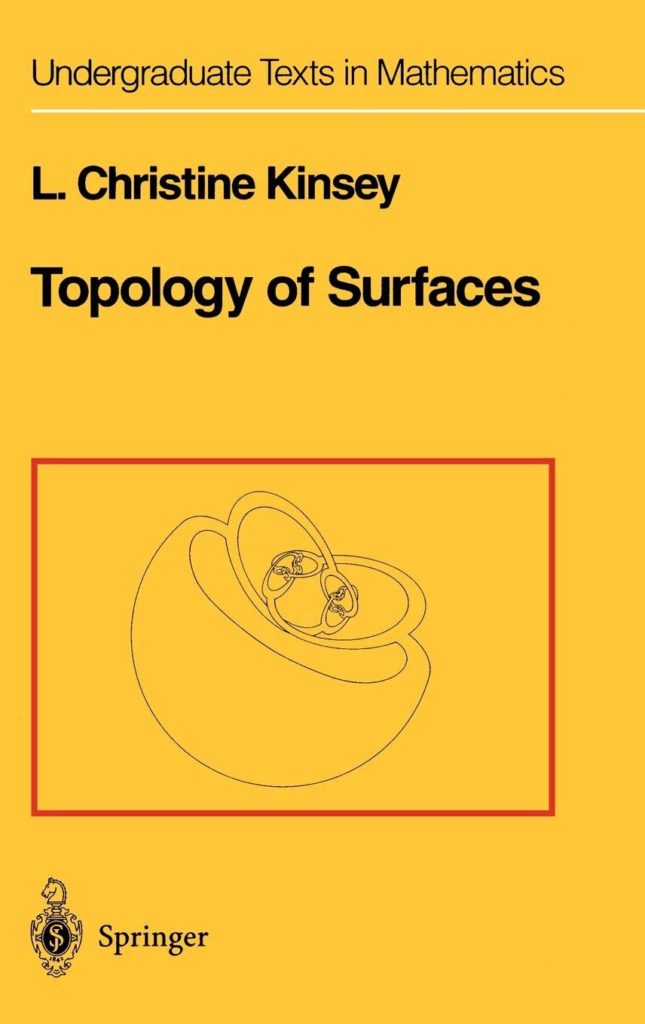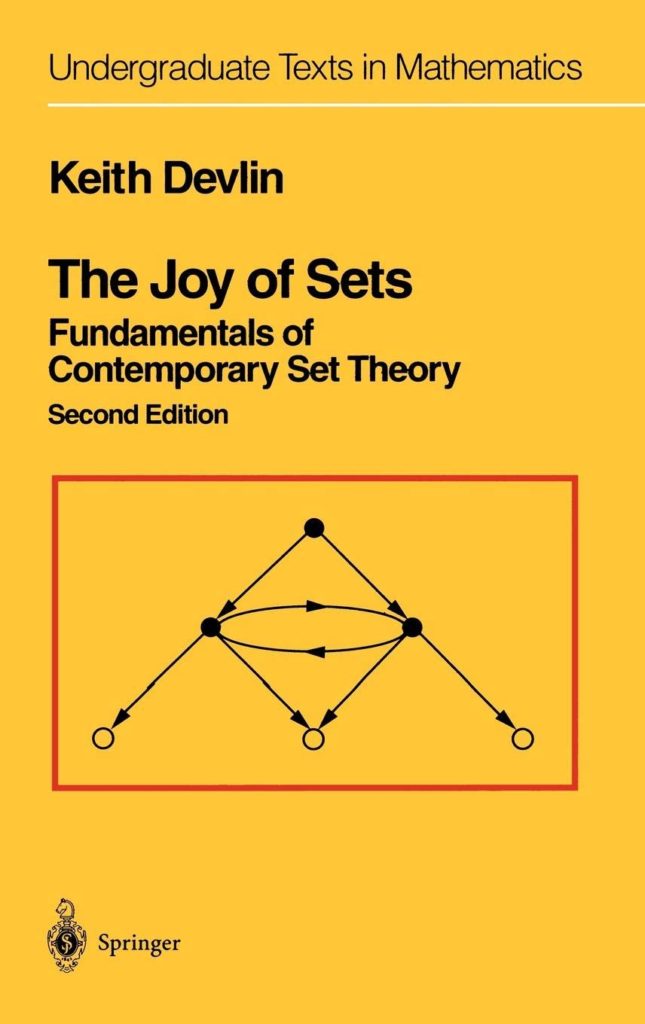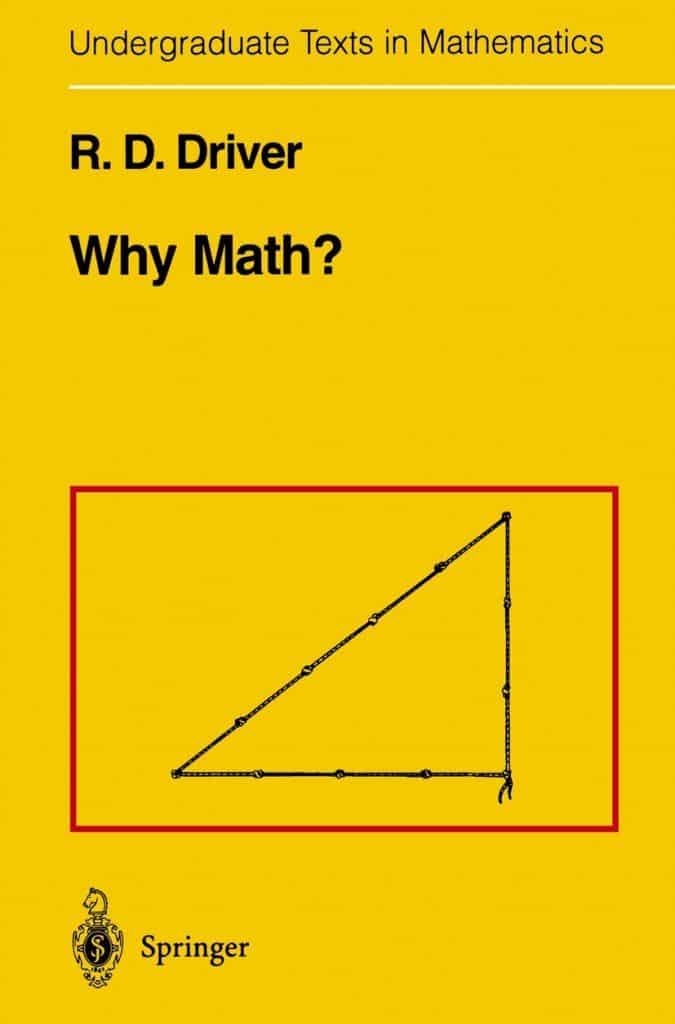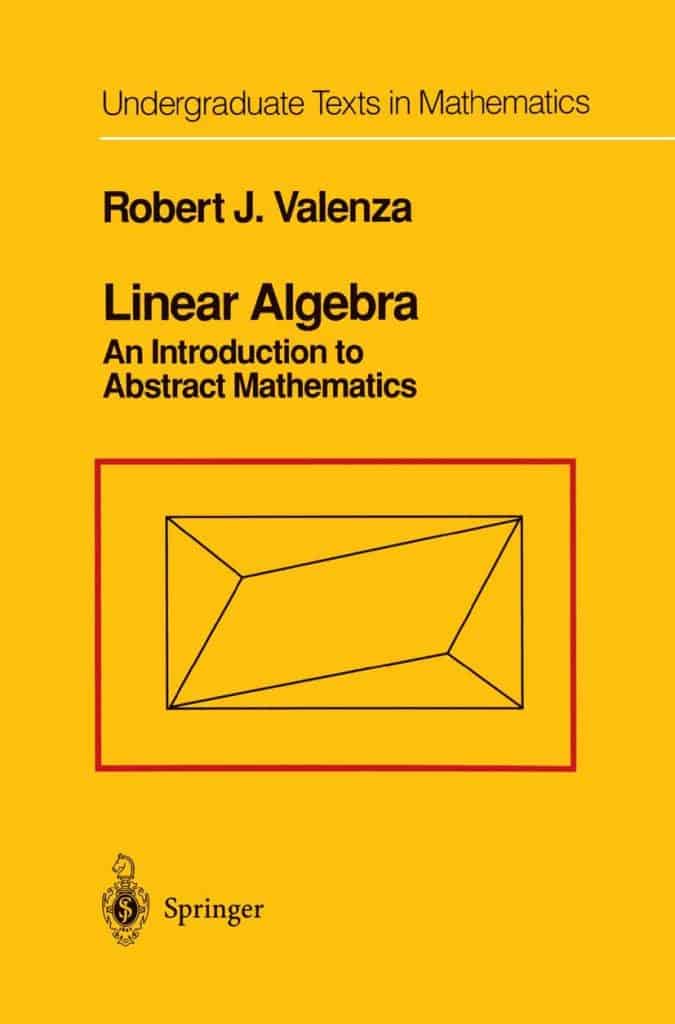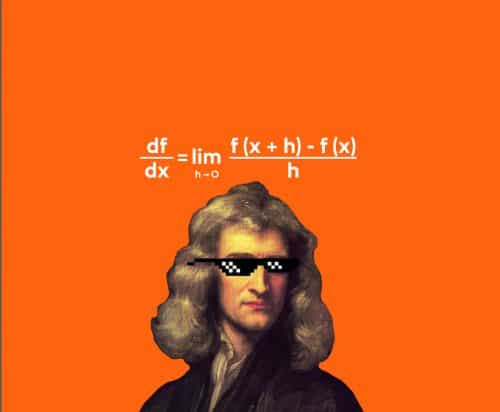Springer-Verlag has created the Springer Undergraduate Mathematics Series (SUMS) specifically for undergraduate math students studying mathematics and the sciences worldwide. The books in this series are little yellow books of a standard size and tend to be written at a more elementary level. Paul Halmos, John B. Conway, Serge Lang, John Stillwell, and Jean-Pierre Serre are some well-known authors who have contributed to the series.
SUMS books take a fresh and modern approach from core foundational material to final year topics. Textual explanations are supported by examples, problems, and answers that have been properly worked out. The self-study approach makes these texts perfect for independent usage, even if they were written for a one- or two-semester course. The texts are both practical and brief.
I thought it would be valuable to collect together some recommendations from these beautiful series. I asked my math professors and did some online research to add valuable books to this collection.
So, what Springer math books are recommended for undergraduate math students?
I’m a fan of mathematics in general, and I love Springer Verlag’s books. They contain high-quality and well-regarded textbooks. I met with these series when I was a freshman at a college, and my professor gave me “Naive Set Theory by Halmos” as a gift! I don’t know why, but I had a special interest in Springer’s undergraduate math books after that time.
Springer Verlag continues to be of great assistance to a large number of mathematics students as well as others who are self-studying mathematics; these individuals include physicists interested in acquiring additional knowledge regarding manifolds. There’s something for everyone in these math book series.
Below, there are so many nice books recommendation for math students! You will find not only the classics but also the hidden gems that aren’t so famous! Some of the books are probably the best-written math textbooks, and every mathematician should have them! When you have a chance to read them, you would feel like every word was carefully weighed.
If you are a math student, don’t miss out on the chance to acquire interesting and useful books!
Get ready to embark on an extraordinary journey through undergraduate mathematics with Mathematics and its History by John Stillwell. Unlike traditional math textbooks, this book offers a captivating and concise exploration of the subject.
In order to truly appreciate the depth of this book, the author assumes readers have a solid understanding of basic calculus, algebra, geometry, set theory, and some advanced concepts like group theory, topology, and differential equations. This makes it the perfect companion for senior seminars or advanced students considering graduate school.
What sets Mathematics and Its History apart is its engaging and accessible writing style. I couldn’t put it down, even when it meant sacrificing my usual thrilling novels. Each chapter provides a preview section, setting the stage for what’s to come. The inclusion of exercises and brief biographies of influential mathematicians keeps readers engaged and adds depth to the topics discussed. Finally, the book fittingly concludes with a brief biography of the legendary mathematician Paul Erdos.
Stillwell masterfully weaves together the dominant themes of undergraduate mathematics, and the table of contents alone showcases the vast scope of the text. Let me highlight two chapters that particularly caught my attention.
The chapter on simple groups offers a fascinating history of the classification of finite simple groups, a major achievement in 20th-century mathematics. Simple groups, initially thought to be exhaustively represented by cyclic groups of prime order, were later joined by the alternating groups and the finite groups of “Lie type.” Further discoveries led to the identification of sporadic simple groups, and the tireless efforts of mathematicians ultimately resulted in the complete cataloging of 26 sporadic simple groups. Stillwell effortlessly brings this triumph to life, offering insights into the challenges this classification problem posed.
The chapter on polynomial equations is another standout. Starting with linear equations, the reader is taken on a carefully constructed journey through quadratic, cubic, and quartic equations. From quadratic irrationals to the impossibility of duplicating the cube using only straightedge and compass, this chapter reveals the fascinating interconnections between different mathematical concepts.
While Mathematics and its History brilliantly connects seemingly disparate areas of mathematics, each chapter can be read independently. I highly recommend this book to anyone with an interest in the history of mathematics. Mathematics and its History is also an invaluable resource for mathematics teachers, providing enriching material for undergraduate courses. If you’re looking for a gift for an outstanding math major or the president of a math club, look no further. But be warned – once you pick up Mathematics and its History, it’s hard to put down!
Naive Set Theory is a valuable resource for both beginners and professionals in the field of mathematics. It offers a unique perspective on set theory, catering to those who want to explore the foundations of their existing mathematical knowledge or refresh their understanding of key principles.
Contrary to what the title may suggest, this book is not a simplistic guide; it goes beyond the basics and delves into the realm of Zermelo-Fraenkel set theory. While it does introduce a few axioms, it is not an exhaustive axiomatic study. Originally published in 1960 and reprinted in 1974, it predates the groundbreaking resolution of the continuum hypothesis by Cohen in 1963.
Naive Set Theory does not aim to provide a comprehensive overview of the subject. Instead, it offers a collection of topics that range from simple concepts, such as functions and pairs, to more complex ideas like general set indexing, transfinite induction, and recursion. It also includes in-depth discussions on numbers, covering the Peano postulates and Cantor’s exploration of finite and transfinite ordinals and cardinals. While the book features sporadic exercises, there is no systematic approach to problem-solving. It is worth noting that a companion exercise book published by Van Nostrand in 1966 is currently out of print.
In conclusion, Naive Set Theory serves as an insightful reference for understanding the practical applications of set theory in various areas of mathematics. However, it is not a comprehensive textbook solely focused on set theory itself.
In Serge Lang’s Calculus of Several VariablesAll of the basic topics in the calculus of several variables are covered. The presentation is self-contained, assuming only a knowledge of basic calculus in one variable. Many completely worked-out problems have been included.
Introduction to Linear Algebra offers a concise introduction to linear algebra designed for a one-semester class. The author, Lang, examines the relationship between the subject’s underlying geometry and algebra. He also includes chapters on linear equations, matrices and Gaussian elimination, vector spaces, linear maps, scalar products, determinants, and eigenvalues. The book features a substantial number of tasks, some of which are of the computational type and others conceptual.
A First Course in Calculus covers everything typically covered in the first-year calculus program, including all the topics. Examples and real-world applications of the material presented in each unit of A FIRST COURSE IN CALCULUS are included throughout the book. In addition, the solutions to a significant portion of the exercises are provided in exhaustive detail at the back of the book. These can serve as worked examples and are one of the primary differences between this version and the ones that came before it.
This book is the first part of a two-volume textbook for undergraduate students. It is, in fact, the crystallization of a course the author taught at the California Institute of Technology to undergraduate students who had no prior understanding of number theory. Because of this, the book’s first section covers some of the most fundamental characteristics of natural numbers. Despite this, the book manages to pack an incredible amount of information into just more than 300 pages.
The antidote to topology classes like Spivak, this book was written as an alternative to the subject. The learner will have some hands-on experience with geometric topology as a result of participating in this activity. In the past, the only type of topology a first-year student would be exposed to was point-set topology at a relatively abstract level.
The typical student’s next course would be a graduate course in algebraic topology. Such courses are typically homological, providing students with easy access to current research but not fostering any intuition or geometric sense in the student.
The exercises are to be seen as an essential component of the text and, ideally, should be tackled at the point in the material where they are presented rather than being saved for the conclusion of a section of content. A good number of them are pretty simple, and their purpose is to provide the learner with an opportunity to gain experience dealing with definitions and digesting the current topic before moving on. The appendix presents a concise overview of the necessary group theory.
This text discusses the present aspects of set theory that apply to various subfields of pure mathematics. It begins with a summary of the “naive” set theory, then moves on to the development of the Zermelo-Fraenkel axioms of the theory, and finally moves on to a discussion of ordinal and cardinal numbers. It then gets into modern set theory, discussing issues like the Borel hierarchy and the Lebesgue measure, among others. The concluding chapter presents an alternative view of set theory that applies to computer science.
This text aims to demonstrate that mathematics can be helpful in practically every setting. To accomplish this, it aims to provide the reader with a wealth of opportunities to get experience in performing simple mathematical computations inspired by real-world issues. Reading this book requires some familiarity with algebra and geometry, which is not much more than what is required for admission at most colleges.
This book provides a comprehensive and conceptual overview of linear algebra and is based on lectures delivered at Claremont McKenna College. The presentation will prepare the learner for further study of abstract mathematics by emphasizing the structural features rather than the computational aspects (for instance, by relating matrices to linear transformations from the beginning of the presentation). It is distinctive among algebra textbooks at this level in that it begins the discussion with an early introduction to group theory as an illustration of the systematic evolution of informal axiomatic systems.


